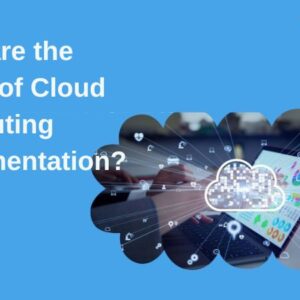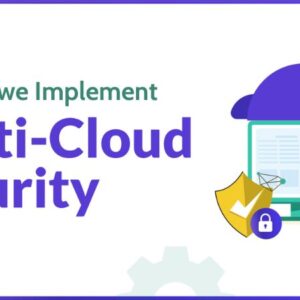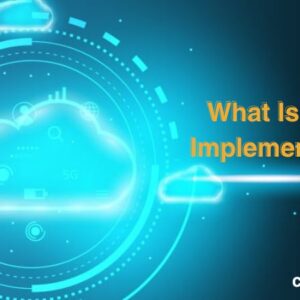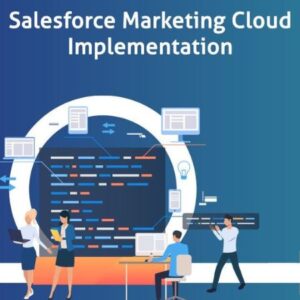In today’s digital age, businesses are constantly seeking innovative solutions to enhance efficiency, scalability, and flexibility. One such solution that has revolutionized the IT landscape is cloud computing. By leveraging cloud services, organizations can access a wide array of computing resources on-demand, without the need for extensive on-premises infrastructure. However, migrating to the cloud requires careful planning and execution. In this article, Crazyhot.net will explore a detailed step-by-step approach on how to implement cloud computing effectively.
How to Implement Cloud Computing
Assessment and Planning
Before embarking on the journey of cloud migration, it’s crucial to conduct a thorough assessment of your organization’s current IT infrastructure and needs. This involves evaluating hardware, software, network resources, and identifying the goals and objectives of moving to the cloud. Assess the suitability of your applications and data for migration, considering factors such as security, compliance, and performance requirements.
Choose a Cloud Service Provider (CSP)
Selecting the right cloud service provider is a critical decision in the implementation process. There are several prominent players in the market, including Amazon Web Services (AWS), Microsoft Azure, and Google Cloud Platform (GCP). Evaluate each provider based on factors such as pricing, services offered, data center locations, compliance requirements, and support options. Choose a CSP that aligns with your organization’s needs and objectives.
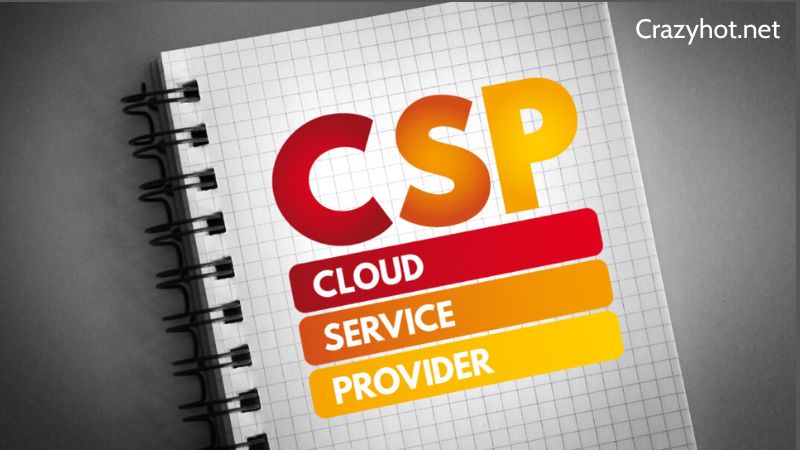
Select Cloud Services
After selecting a Cloud Service Provider (CSP), the next step involves choosing from a range of cloud services that align with your organization’s needs. Cloud computing encompasses diverse service models, including Infrastructure as a Service (IaaS), Platform as a Service (PaaS), and Software as a Service (SaaS). It’s imperative to evaluate which services are vital for your operations, spanning compute instances, storage solutions, databases, networking capabilities, security protocols, analytics tools, and machine learning resources. By carefully considering these factors, you can tailor your cloud environment to effectively support your organization’s objectives and optimize its performance in the digital realm.
Data Migration
Migrating data to the cloud is a critical step in the implementation process. Plan and execute the migration of your data while ensuring data integrity, security, and compliance. Depending on the volume and complexity of your data, you may choose to transfer files, databases, and other assets using tools and services provided by the CSP or third-party vendors.
Application Migration or Development
Decide whether to migrate existing applications to the cloud or develop new cloud-native applications. Re-architect applications as necessary to take advantage of cloud services and optimize performance, scalability, and cost. Consider factors such as compatibility, dependencies, and resource requirements when migrating or developing applications in the cloud.
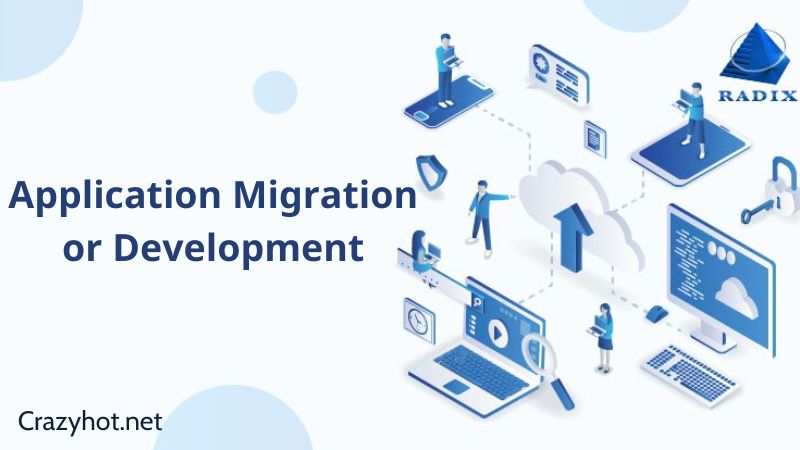
Security and Compliance
Security is paramount when implementing cloud computing. Implement robust security measures to protect your data and applications in the cloud. Configure access controls, encryption, identity management, and monitoring tools to safeguard against threats and vulnerabilities. Ensure compliance with industry regulations and standards relevant to your organization, such as GDPR, HIPAA, or PCI DSS.
Integration and Interoperability
Integrate cloud services with your existing IT systems and workflows to ensure seamless operation. Use APIs, web services, messaging queues, or other integration technologies to connect cloud and on-premises systems. Ensure interoperability between different cloud services and platforms to maximize efficiency and productivity.
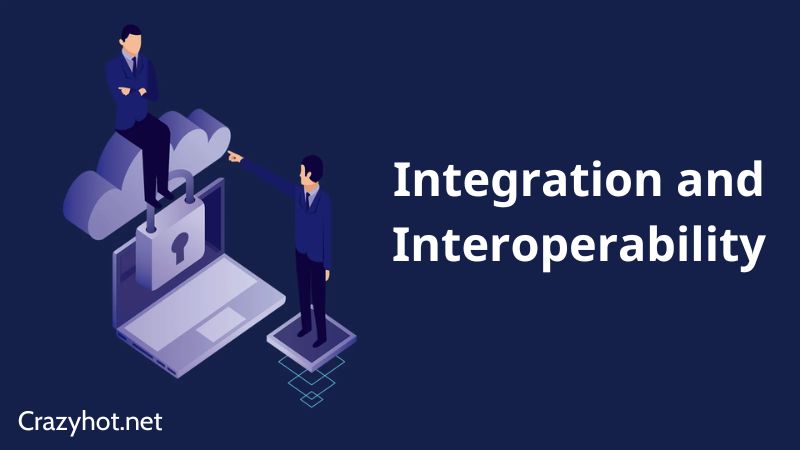
Performance Optimization
Monitor and optimize the performance of your cloud resources to ensure optimal efficiency and cost-effectiveness. Utilize tools provided by the CSP for performance monitoring, auto-scaling, load balancing, and optimization. Continuously review and adjust resource allocation to meet changing demands and optimize costs.
Training and Support
Provide comprehensive training for your IT staff to effectively manage and operate cloud resources. Leverage support services offered by the CSP for troubleshooting, guidance, and assistance. Encourage continuous learning and skill development to stay updated with the latest cloud technologies and best practices.
Continuous Improvement
Cloud computing is an ongoing journey, requiring continuous evaluation and improvement. Regularly review and optimize your cloud environment to ensure it aligns with your business objectives. Stay updated with new features, services, and best practices offered by the CSP and the broader cloud computing industry.
Conclusion
In conclusion, implementing cloud computing offers numerous benefits for organizations seeking to enhance their IT infrastructure and capabilities. By following a detailed step-by-step approach on how to implement cloud computing, organizations can successfully migrate to the cloud while maximizing efficiency, scalability, and security. From assessment and planning to continuous improvement, embracing cloud computing can empower businesses to innovate and thrive in today’s dynamic digital landscape.
In summary, understanding how to implement cloud computing effectively requires careful consideration of various factors, including assessment and planning, selecting the right cloud service provider, choosing appropriate cloud services, migrating data and applications, ensuring security and compliance, integrating with existing systems, optimizing performance, providing training and support, and continuously improving the cloud environment. By following this comprehensive guide, organizations can navigate the complexities of cloud migration and unlock the full potential of cloud computing for their business success.
